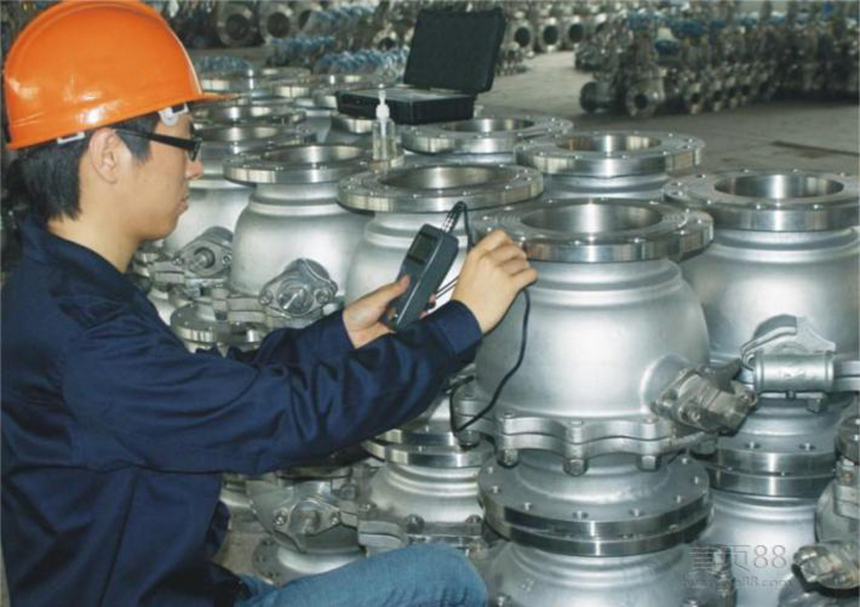Valve nondestructive testing
Nondestructive Testing Overview
1, NDT refers to the implementation of a material or workpiece does not damage or affect its future performance or use of testing means.
2, NDT can find the material or workpiece internal and surface defects, can measure the geometric characteristics and size of the workpiece, can determine the internal composition, structure, physical properties and state of the material or workpiece.
3, NDT can be applied to product design, material selection, processing and manufacturing, finished product inspection, in-service inspection (maintenance) and other aspects, can play an optimal role between quality control and cost reduction. NDT also helps ensure the safe operation and/or effective use of the product.
Type of nondestructive testing method
1. NDT encompasses many methods that have been used effectively. According to the different physical principles or detection objects and purposes, NDT can be roughly divided into the following methods:
A) Radiation method:
-- X-ray and gamma-ray radiographic testing;
-- Radioscopic testing;
-- Computed tomographic testing;
-- Neutron Radiographic testing.
B) Acoustic methods:
-- Ultrasonic testing;
-- Acoustic emission testing;
-- Electromagnetic acoustic testing.
C) Electromagnetic method:
-- Eddy current testing;
-- Flux leakage testing.
D) Surface method:
-- Magnetic particle testing;
Liquid Penetrant testing;
-- Visual testing.
E) Leakage method:
-- Leak testing.
F) Infrared method:
-- Infrared Thermographic Testing.
Note: New NDT methods can be developed and utilized at any time, so other NDT methods cannot be ruled out.
2, the conventional NDT method refers to the current widely used and mature NDT method, they are: radiographic detection (RT), ultrasonic detection (UT), eddy current detection (ET), magnetic particle detection (MT), penetration detection (PT).



